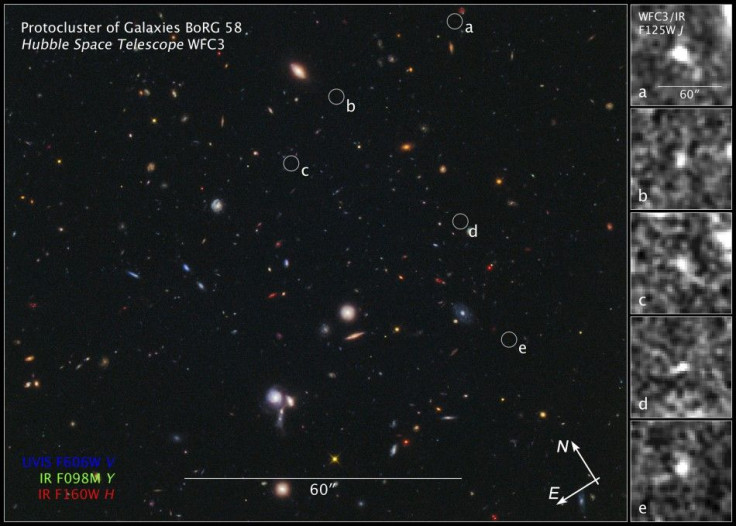Scientists find universe’s dimmest galaxy; light left it 400 million years ago

Researchers using NASA’s Hubble and Spitzer space telescopes found out that the Tayna galaxy, a nickname it was given that means 'first-born' in the Aymara language spoken in South Africa, existed some 400 million years after the Big Bang. They feel that the faint galaxy, which had long evaded discovery, could shed light on the evolution of the first galaxies in the universe.
According to The Astrophysical Journal, the study shows that the new and faint object is about the size of the Large Magellanic Cloud (LMC), a small satellite galaxy in our Milky Way. Light is believed to have left Tayna around 400 million years ago, which likely explains the dimness it carries today. "Thanks to this detection, the team has been able to study for the first time the properties of extremely faint objects formed not long after the Big Bang," astronomer and lead author Leopoldo Infante at the Pontifical Catholic University of Chile is quoted as saying.
Tayna is found to be making stars 10 times faster than the LMC, says the study. It is also part of the 22 galaxies that NASA discovered to be located close to the edge of the observable horizon of the universe.
The orbiting telescopes captured an image of the remote and dim Tayna galaxy while observing a huge cluster of galaxies – MACS J0416.1-2403, located between the Earth and the galaxy. The cluster, located about 4 billion light-years from Earth, has a massive gravitational field that magnifies the image of objects behind it. The gravitational lensing phenomenon made Tayna's image capture possible, says the study.
Contact the writer at feedback@ibtimes.com.au or tell us what you think below.





















